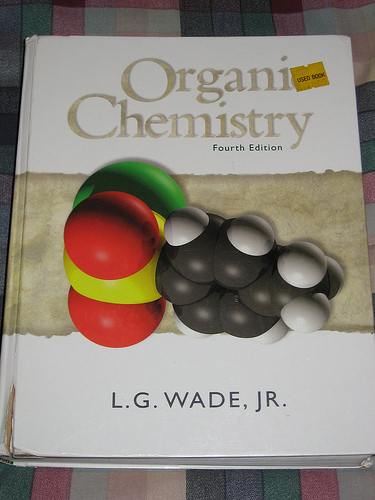
Source: A Hated Subject, ajalfaro, Flickr
Read the following explanation of hydroxylation found in a chemistry textbook.
Dihydroxylated products (glycols) are obtained by reaction with aqueous potassium permanganate (pH > 8) or osmium tetroxide in pyridine solution. Both reactions appear to proceed by the same mechanism; the metallocyclic intermediate may be isolated in the osmium reaction.
If you don’t understand the terms used in these sentences, you’ll have difficulty comprehending this explanation. Chemistry, like all fields of study, including literature, has a specialized vocabulary, or lexicon. Knowing the terms that frame the thinking in a field is essential for understanding.
For instance, if you try to interpret poetry literally without recognizing that you have to “figure out” its figurative language, you will miss the point of most verse. If you don’t know that soliloquies are dramatic conventions used to reveal the thoughts of one character, then you’ll be baffled when you see an actor talking to himself. If you think flat refers to a character’s singing ability or round to his weight, then you’ll find character analysis in literature very challenging.
To be “in the know” in literature, you need to know the terminology used to describe, interpret, and analyze poetry, drama, and fiction. As you proceed through the sections of this lesson, you’ll accumulate a list of literary terms and definitions.